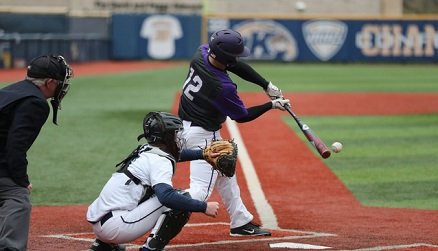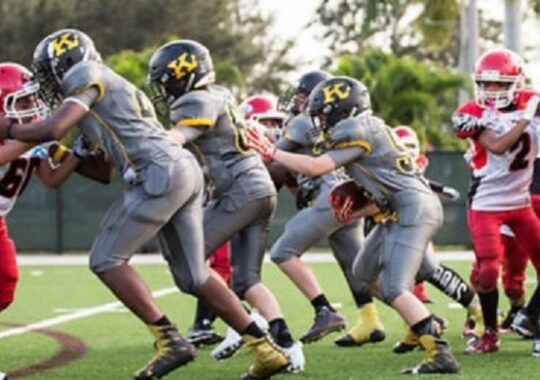The mercy rule in college baseball is designed to end games early when there is a significant disparity in scores, ensuring player safety, preserving resources, and maintaining sportsmanship. Here’s an overview:
Application: The mercy rule is generally applied in non-conference games, tournaments, and sometimes conference games, depending on specific conference regulations.
Run Differential:
The most common threshold is a 10-run lead after seven innings in a nine-inning game.
For games scheduled for seven innings, the rule typically applies after five innings if one team is ahead by 10 or more runs.
Purpose:
- Safety: Reduces the risk of injury by preventing extended play in non-competitive games.
- Resource Management: Helps preserve pitching staff and player energy, which is crucial in a sport with many games in a season.
- Sportsmanship: Prevents unnecessary humiliation and maintains the spirit of fair competition.
Variations: While the 10-run rule after seven innings is standard, specific applications can vary by conference or tournament, with some leagues opting for different thresholds or additional conditions.
In summary, the college baseball mercy rule serves to efficiently manage game time and player welfare by concluding games that are clearly decided, promoting safety and sportsmanship.
NCAA Baseball Mercy Rule Guidelines
The NCAA baseball mercy rule guidelines outline specific conditions under which games can be ended early due to a significant point differential. Here’s an overview of the NCAA’s mercy rule for baseball:
- Non-Conference Blowouts: During non-conference games, if one team establishes a significant lead of 10 or more runs after seven innings (in a nine-inning game) or five innings (in a seven-inning game), the mercy rule could be applied to end the game early.
- Tournament Settings: In tournaments where multiple games are scheduled in a day or over a weekend, the mercy rule helps in managing game schedules and ensuring teams do not exhaust their resources unnecessarily in lopsided contests.
Specifics of the Rule
If you’re asking about the specifics of a particular rule in NCAA baseball, could you please clarify which rule you’re referring to? Rules in baseball can cover a wide range of aspects such as game play, pitching regulations, base running, fielding, or specific game management rules like the mercy rule. Let me know which specific rule you’re interested in, and I’ll provide the details you need!
Comparison With Professional Baseball
When comparing NCAA baseball with professional baseball (such as MLB), several key differences and similarities exist in rules and gameplay:
Differences:
- Metal Bats vs. Wood Bats: NCAA baseball allows the use of metal bats, which can affect hitting dynamics compared to the exclusively wood bats used in professional baseball (MLB).
- Pitch Count and Innings: NCAA pitchers have stricter pitch count limits and may pitch fewer innings per outing compared to professional pitchers, who often have higher pitch thresholds and longer outings.
- Designated Hitter (DH) Rule: In NCAA baseball, pitchers usually bat for themselves unless a specific DH rule is in effect, whereas in professional baseball (American League), the DH is used to bat for the pitcher.
What is the adopted mercy rule for NCAA college baseball?
The NCAA college baseball mercy rule involves ending a game early if one team has a significant lead. This rule helps save pitching and travel time for teams, especially during non-conference games and tournaments.
How many runs must a team lead by for a college baseball game to end early?
A game can end early if one team leads by 10 runs after seven innings. This 10-run rule is the common threshold used to invoke the mercy rule in college baseball.
Does the mercy rule differ between divisions in NCAA college baseball?
The rule is generally the same across all NCAA divisions. However, some variations might exist depending on the specific league or tournament regulations.
How does the college baseball mercy rule compare to high school baseball regulations?
In high school baseball, the mercy rule is typically applied sooner. For instance, a team must lead by 10 runs after five innings. College baseball usually waits until at least seven innings before ending the game due to the score.





